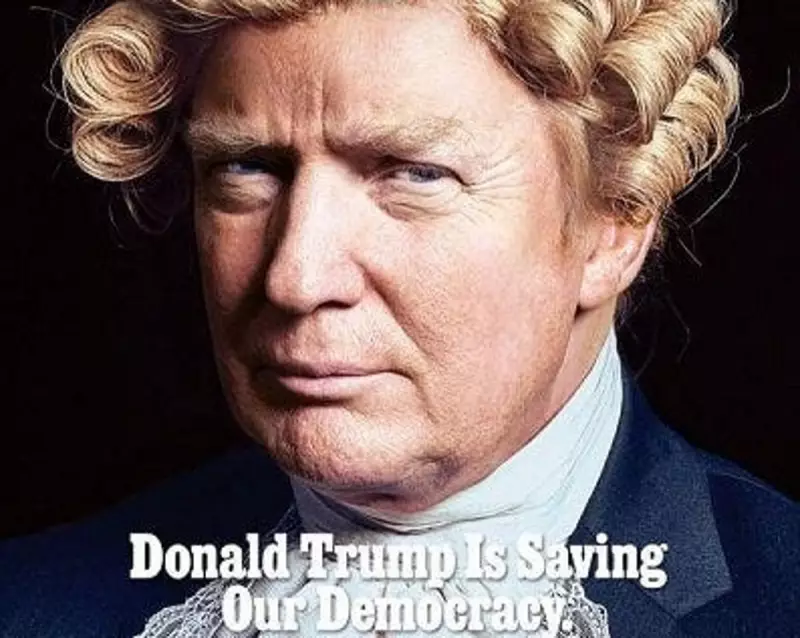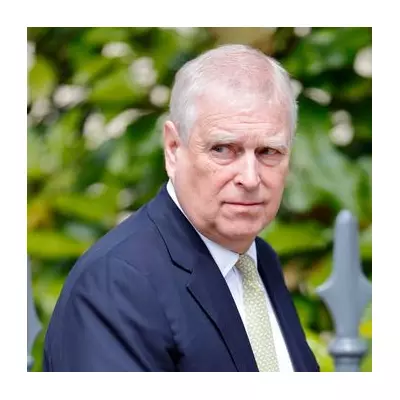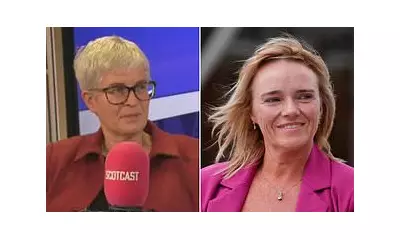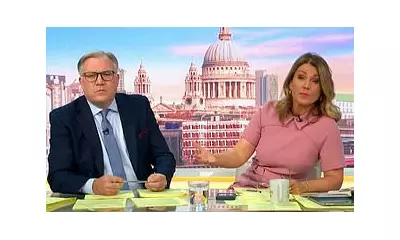
In a stunning revelation that exposes the intersection of politics and media manipulation, newly uncovered details about Donald Trump's relationship with Time Magazine have emerged, painting a picture of presidential obsession with image and legacy.
The Cover That Never Was
According to extensive investigations, the former US president maintained a peculiar fixation with his appearances on the prestigious magazine's cover throughout his administration. Sources close to the matter describe an almost compulsive attention to how he was portrayed, with particular emphasis on his physical presentation.
A Presidential Preoccupation
Multiple insiders have confirmed that Trump's concern extended beyond typical political image management. The controversy centres around allegations that the former president intervened in cover designs and expressed strong preferences about his depiction, including discussions about his signature hairstyle that some observers have compared to a distinctive wig-like appearance.
This extraordinary intervention in media representation raises significant questions about the boundaries between political leadership and press independence. The situation reveals how deeply image consciousness permeated the Trump administration's approach to media relations.
The Media-Presidency Dynamic
This revelation comes at a time when the relationship between political leaders and traditional media remains intensely scrutinised. The Time Magazine cover saga exemplifies how modern politicians increasingly seek to control their narrative through established media institutions while simultaneously criticising them.
What makes this story particularly compelling is the contrast between Trump's frequent dismissals of mainstream media as "fake news" while simultaneously pursuing coveted cover spots on one of America's most respected publications.
Legacy in Print
The covers in question span critical moments during Trump's presidency, from major policy announcements to international summits. Each represents not just a news moment but a carefully negotiated representation of presidential power and image.
Experts in political communication suggest that this obsession with magazine covers reflects a broader trend where visual media becomes a primary battleground for political legitimacy and historical legacy.
As the details continue to emerge, this story serves as a fascinating case study in presidential media relations, image crafting, and the enduring power of print media in the digital age. It raises profound questions about how future leaders will navigate the complex relationship between personal image and political reality.





